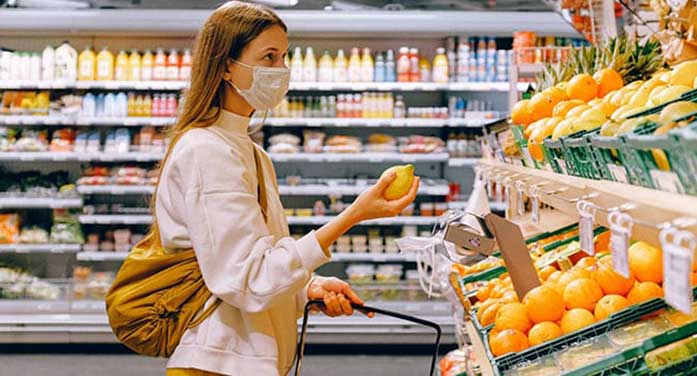 The World Health Organization (WHO) recognizes that we have to learn to live with COVID-19. Notwithstanding hope of a vaccine, there is no guarantee. The virus awaits as we step out our door. And it could get worse.
The World Health Organization (WHO) recognizes that we have to learn to live with COVID-19. Notwithstanding hope of a vaccine, there is no guarantee. The virus awaits as we step out our door. And it could get worse.
In Canada, the virus has been suppressed by a lockdown and strict social distancing, leaving residents at the very beginning of achieving the needed herd immunity (where the virus dies off because so many people have recovered from the disease and are immune from catching it again).
While places like New York, Milan and Stockholm are closer to achieving it, Canadians can’t huddle in fear indefinitely – relying on increasingly bankrupt governments sending cheques.
As restrictions are lifted, the fact is more people will get sick, some will die.
At the beginning we only knew the virus came from Wuhan, China, and was deadly. Then we watched a horror show play out in Italy and then Spain, and became thoroughly frightened. Our public health and political leaders added to our fear, reinforcing a message that we must shelter at home and obey drastic lockdown measures.
We now know that COVID-19 is extremely deadly for elderly people with health problems. Data shows that 82 percent of the deaths have been in long-term care homes. And, those who are obese or have compromised immune systems are also at great risk.
The ‘best’ news is that COVID-19 largely spares children and the young. For many young, the virus is no more deadly than the usual respiratory viruses that regularly make their way through the population.
We also know that the vast majority of healthy people, and those under the age of 60, who do become infected will recover. Some will become very sick, but most will have mild or no symptoms.
Some experts recommend a harm reduction model. People would assess their own risk level and make their decisions accordingly. Younger, healthier people might decide to take more risks than older people with health problems.
We don’t have to rely on the government telling us what to do. We could, and should, make our own decisions. Too often, we face arbitrary and unfair government rules, enforced by overzealous officials.
Sweden chose individual risk assessment from the start. Instead of panicking and imposing draconian lockdowns, they chose another route. A minimum of government regulations were passed. No to gatherings of large groups, but personal risk assessment was left to the individual.
Sweden adopted a watch-and-see approach. If it appeared that their healthcare system was about to be swamped, they planned to impose more rules. But Sweden’s healthcare system wasn’t swamped.
Unfortunately, like Canada, Sweden made poor decisions with nursing homes. But they’re far closer to achieving herd immunity than their lockdown neighbors like Norway and Denmark.
And they didn’t have to shut down their economies or close their primary schools to get there.
WHO initially advised Sweden to impose a lockdown or face a collapse of their healthcare system. It now recognizes Sweden as a model to follow.
Canada should now do what Sweden did from the beginning – end arbitrary government restrictions and allow people to do their own risk assessments.
Our leaders should stop scaring Canadians while recklessly distributing borrowed money.
Their message should be: “Yes, take precautions, but go out and live your life.”
Brian Giesbrecht, a retired judge, is a senior fellow at the Frontier Centre for Public Policy.
The views, opinions and positions expressed by columnists and contributors are the author’s alone. They do not inherently or expressly reflect the views, opinions and/or positions of our publication.


